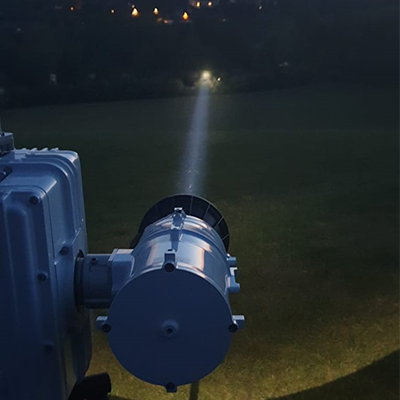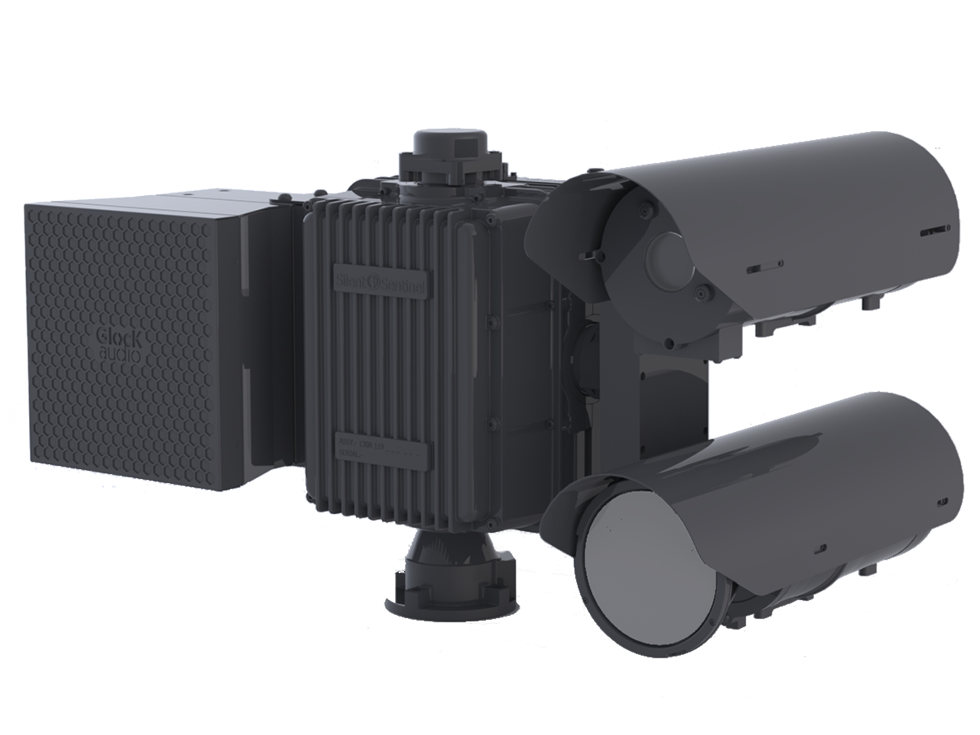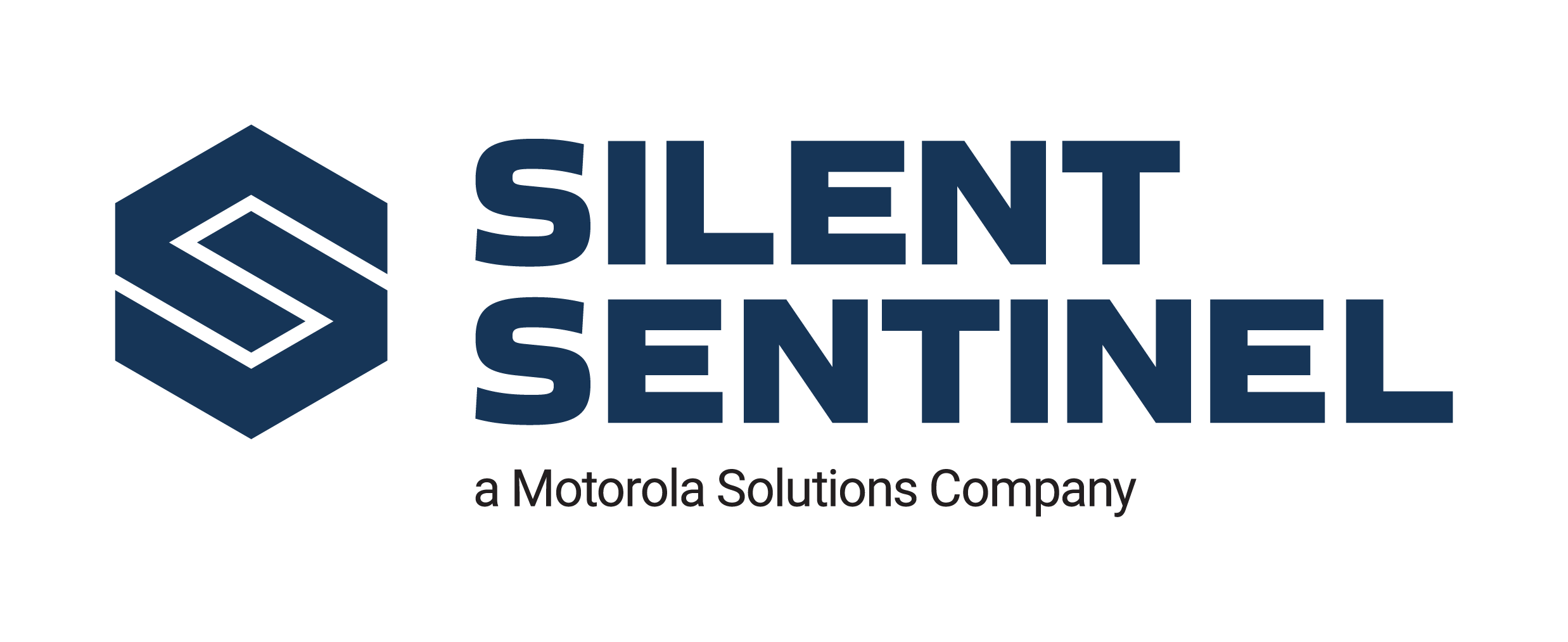Multi Sensor Surveillance Platforms
Standard surveillance systems that are to be deployed in a well-defined environment such as a city centre are well understood, the technology options available can satisfy a user’s requirements and the design and integration of such a system has become common place.
Surveillance outside these parameters becomes a much bigger challenge as there are a significant number of additional parameters that must be addressed such as adverse weather conditions or a lack of lighting.
In this article, we look at three key areas of this type of surveillance scenario: detection, recognition, and mitigation, and within these areas the wide range of sensors available today, their benefits, and some key uses.
Detection and recognition
When you think of surveillance, most people are aware of standard CCTV cameras which utilise CMOS technology. These units can operate well in a number of situations; however, they do have limitations, so other technologies are required to provide coverage in such a situation.
For example, if you need night-time surveillance, you may consider thermal imaging or long-range illumination. Thermal imagers detect an objects’ infrared radiation providing coverage during day and at night. Within thermal imaging there are two types of thermal technology utilised for surveillance applications – uncooled (LWIR) thermal and cooled (MWIR) thermal.
The decision on which thermal technology to use is often decided by cost, but there are many other factors that should be taken into account. For example, the climate of the site, detection ranges required and atmospheric transmission.
Detection of an object or an intruder is no longer the only requirement for a surveillance system. With large areas to cover which include potential threats as well as benign targets, users often require assistance in identifying, classifying and tracking targets. This is where additional technology can be brought together to form a complete surveillance solution. These complementary technologies will work with the cameras to either provide information to the user, in some cases automating much of the process of threat detection.
There is a wide range of radars on the market, which work alongside the camera by alerting the operator of an intruder. The radar commands the camera and tracks the object automatically. This provides the operator with the visual confirmation needed to make an informed decision on whether to take action or not.
Where radar systems are not practical, the automatic detection element can be provided by ground sensors which will identify the presence of a person or a vehicle and direct the camera to its location. The operator would receive an alert via their command and control software allowing them to initiate an appropriate response.
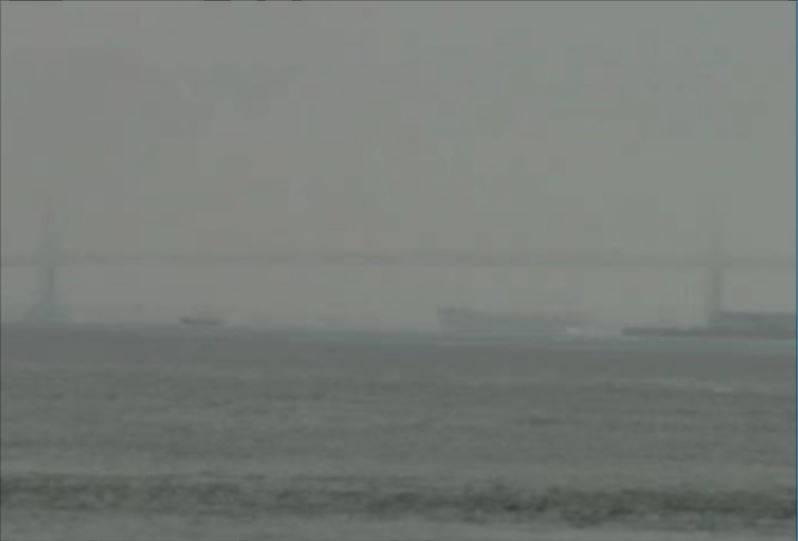
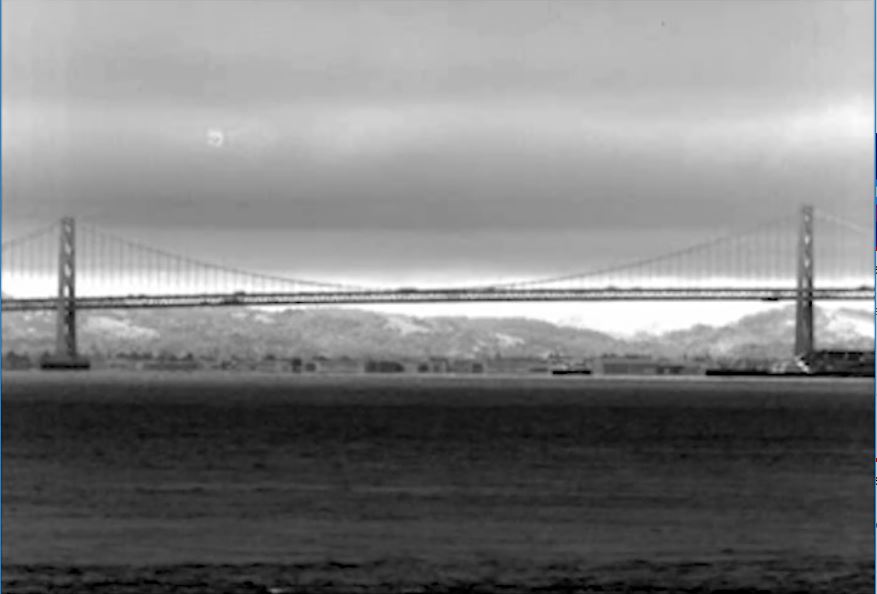
Both of these detection technologies can be combined with video motion detection and identification software that further enhances the surveillance systems capability. Also, they can help reduce the chance of an operator missing an important event.
When it comes to recognition, ultra-low light cameras can be absolutely astounding, giving full colour images that can completely illuminate an area. This helps the operator decipher and identify any threats from very little light.
Looking at the Maritime Surveillance market, it has a wide range of demands that a visible camera could not perform to. There are often atmospheric conditions such as fog, haze and sea mist to contend with, and although thermal imagers can help overcome some of these factors, technology such as short-wave infrared (SWIR) cameras are a more effective solution.
SWIR is a subset of the infrared band in the electromagnetic spectrum, covering the wavelengths ranging from 1.4 to 3 microns. This wavelength is not visible to the human eye and as a result can often offer a better image than what is achievable with visible light imaging.
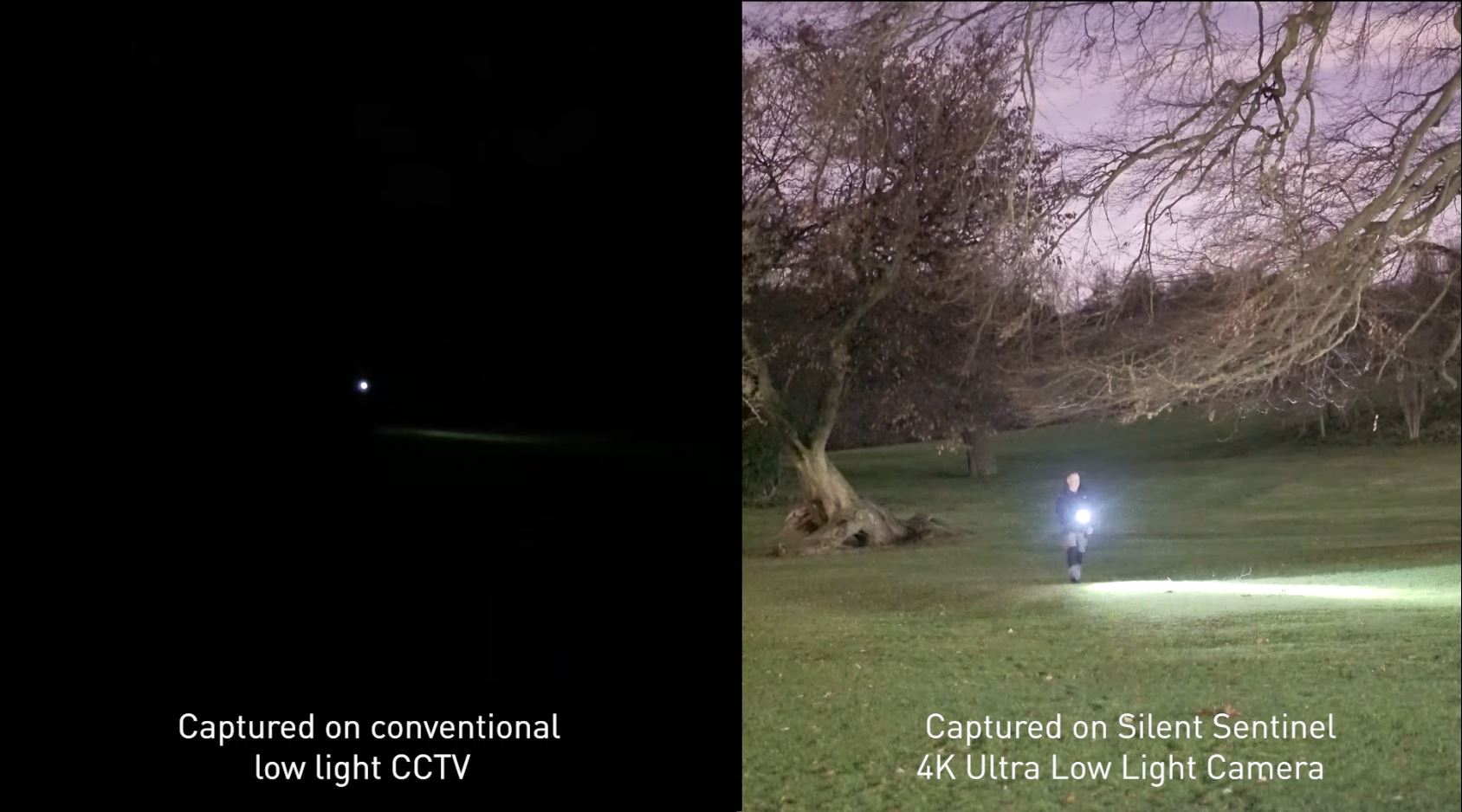
Mitigation
The purpose of mitigation technology is to enable the operator to passively engage with the target. Furthermore, turning the camera platform from a detection device into a deterrent. Examples of mitigation technologies include long range illuminators, spotlights, hailers and laser dazzlers.
Illuminators act as a non-lethal deterrent and have a variety of forms, from infrared (IR), white light, laser, a hybrid of these, or more which allows an even bigger choice for customers.
Mitigators are not just limited to visual technologies though, with a wide range of hailers available on the market including acoustic hailers which can act as a deterrent through sound even at a long range. Acoustic hailers can also encompass laser dazzlers within one unit, which gives a mixed medium of deterrents to threats that can prove very effective, even at long distances.
As it can be seen, although there are a wide range of technologies available help make the life of the operator easier, no one technology can cover all basis which is why multi-sensor platforms are imperative in meeting surveillance need now and in the future.
So, where does the industry go from here?
In the near future we think there will be the use of more deployable systems to meet the needs of short to medium term security requirements. Also, we believe we’ll see a rise in the combination of radars with fixed surveillance cameras, and drone technologies where the radar will detect, the camera will give an initial verification, and the drone will be used for detailed verification of the threat.
